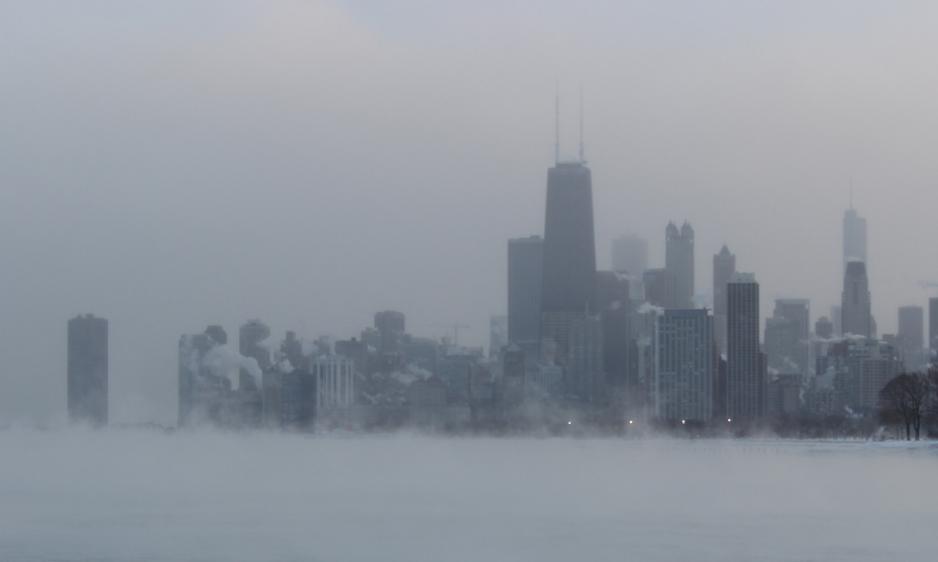Presenting a near-danger

The emergence of a "new normal" climate in the Arctic will have profound impacts for the daily lives of people in countries far away from the region, scientists with NOAA, an American science agency, said yesterday.
The effects of changes in the Arctic environment on the people of the North have been documented, but scientists now say there is solid evidence that these changes will lead to a rise in colder winter temperatures, deeper droughts and more powerful storms in the years to come.
"We are fairly confident now that something is going on the Arctic. And the warming that’s occurring and the loss of sea ice that’s occurring are conditions where more extreme weather events are beginning to show up in North America," Jeremy Mathis, the Director of the NOAA Arctic research programme, said.
Other impacts caused by changes in the Arctic that southern populations must be prepared for are a rising sea level, higher food prices and the emergence of climate refugees.
The changes in the Arctic also pose a "huge" threat to America’s national security, according to Tim Gallaudet, a former admiral who is now the acting administrator of NOAA. This is due in part to the "dynamic and challenging" ice conditions related to climate change that make submarine navigation more hazardous than in the past. He also described how changed ice conditions create an acoustical effect that makes it more difficult to hide submarine operations.
A number of indicators explained in this year’s Arctic Report Card, a 12-point review of the region’s environment, depicted a 2017 that in many ways resembled the conditions that prevailed in the region before the present warming trend emerged in the 1990s.
However, Mr Mathis and the other 84 contributors to the report stressed that the weight of the evidence suggests that long-term losses of land and sea ice, thawing of tundra and increased biological productivity are all trends that will continue unabated and, in fact, may accelerate.
"There were fewer anomalies this year, but this year’s observations confirm that the Arctic shows no signs of returning to the reliably frozen state that it was in just a decade ago," Mr Mathis said.
The considerable decline of sea ice over the past decade was held up as an example of the scope of the change. When sea ice reaches its maximum extent, for example, it now covers a smaller area than some previous summer minimum extents.
At the same time as there is less sea ice, the ice that remains is younger and thinner. Scientists calculate that 75% of sea ice was formed in the past year, where in past years, the majority of sea ice was more than a year old. Virtually no ice older than four years old remains, the report states.
